
Brainstorm Security Shop

For Orders Over $199

On Any Of Our Products

Details On Refund Page
As an Airbnb host, you might be contemplating the addition of motion detection cameras to enhance the security of your rental property. These devices not only help in monitoring activities around your property but also ensure a safer environment for your guests. However, navigating the balance between security and privacy can be tricky. It’s crucial to understand where to place these cameras and how to communicate their presence to your guests without infringing on their comfort. Consider the implications of your choices—how will you handle privacy concerns, and what might be the consequences of not clearly informing your guests about the surveillance?
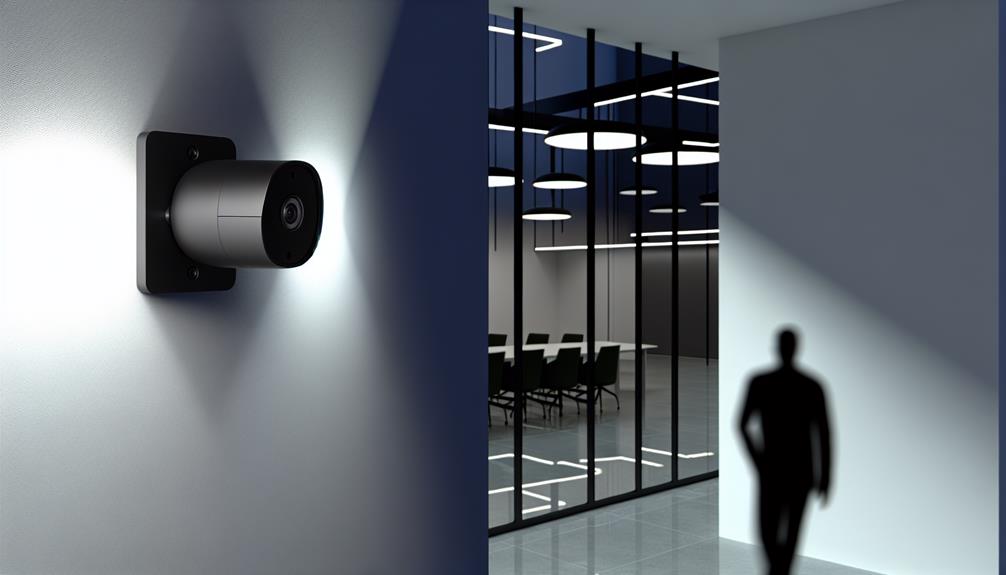
Motion detection technology is a crucial tool in modern surveillance systems, including those used in Airbnb rentals. It enhances your ability to monitor your property effectively without needing constant manual oversight.
You’ve likely encountered systems that use infrared sensing. This technology detects changes in heat, which means it can sense when a person enters a room due to the body heat they emit.
Additionally, video analytics play a significant role in motion detection cameras. These advanced algorithms analyze video footage in real-time to distinguish between normal and suspicious activities.
For instance, a camera equipped with video analytics can differentiate between a pet moving around and a human intruder, reducing false alarms that could bother you during your busy day.
As you integrate motion detection technology in your Airbnb rental, it’s important to consider the legal implications of using such devices. Navigating the legal landscape is crucial to ensure you’re not infringing on your guests’ privacy or violating local laws.
Firstly, you must familiarize yourself with the privacy laws that govern surveillance and recording devices in your area. This varies widely, so local legal advice might be necessary. Additionally, transparent communication with your guests through your rental agreements is key. You’ll need to clearly disclose the presence of any cameras and their locations (excluding private areas, of course), ensuring guests are aware before they commit to renting.
Here’s a brief overview in a table format to help you understand some of the legal checkpoints:
| Key Consideration | Action Required |
|---|---|
| Local Laws | Consult with a lawyer to understand specific regulations in your area. |
| Disclosure | Clearly state in your listing and rental agreement the presence and purpose of cameras. |
| Consent | Obtain explicit consent from guests, ideally documented within the rental agreement. |
| Privacy Areas | Avoid placing cameras in private areas such as bedrooms or bathrooms. |
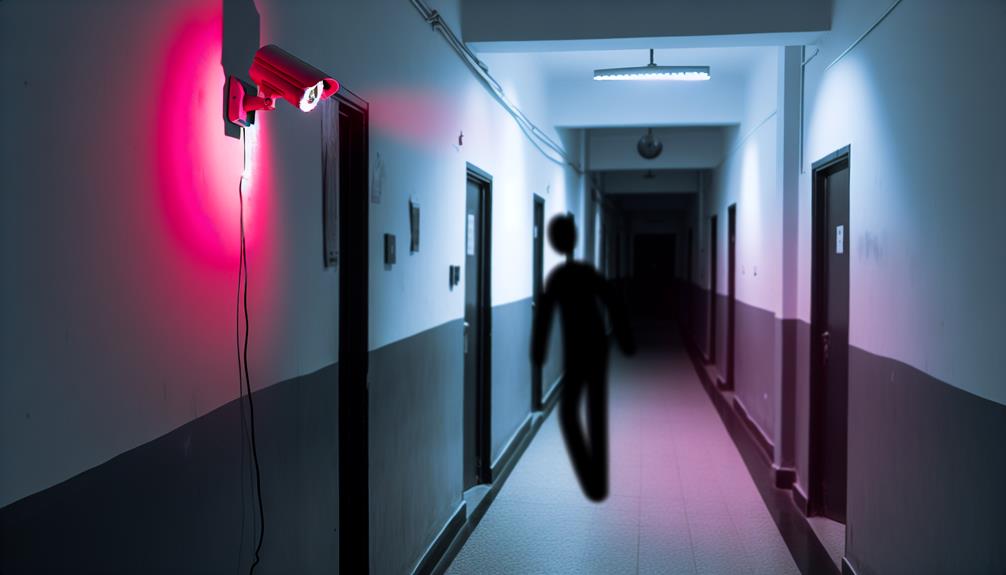
When placing cameras in your Airbnb, it’s crucial to strike a balance between security and guest privacy. You’ll want to consider both optimal locations and the best camera angles to enhance security without making your guests feel uneasy.
Firstly, focus on entry points. Placing cameras near the front and back doors allows you to monitor who enters and exits without intruding into the private spaces where guests expect privacy. Make sure the cameras are visible and positioned at a height that captures the face clearly from a distance.
Next, consider common areas like the living room or kitchen. It’s important to adjust the camera angles to avoid bedrooms or bathrooms, ensuring coverage of the space without compromising privacy. The angle should capture the entirety of the room while positioned in a corner to maximize the view.
Lastly, don’t forget outdoor areas. Cameras placed to oversee the driveway, gates, or fences can be crucial for property security. Again, ensure they’re clearly visible and angled to monitor these areas without pointing directly at outdoor private spaces like patios or pool areas.
How can you ensure your guests feel comfortable with the presence of security cameras? It’s crucial to prioritize their privacy while maintaining security.
First and foremost, transparency is key. You must disclose the presence and locations of all cameras clearly in your listing.
Let’s talk about obtaining guest consent. Before they book, guests should agree to your security measures, which includes any motion detection cameras used in common areas.
Craft clear, straightforward privacy policies that outline how you handle the data collected by these cameras.
Explain what happens to the recordings, who’s access to them, and how long you retain this information.
Make sure these policies are easily accessible and include them in your pre-booking communications.
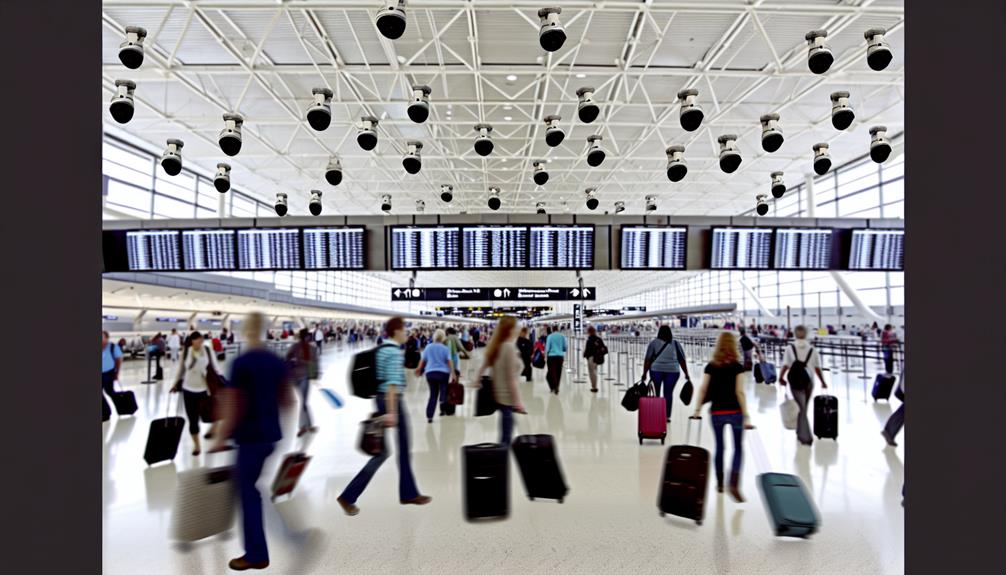
While addressing privacy concerns is important, installing motion detection cameras also offers significant benefits for Airbnb hosts. You’ll find that these cameras enhance your ability to manage your property effectively while providing a safer environment for both you and your guests.
Firstly, motion detection cameras significantly boost your property’s security. They not only deter potential thieves but also give you real-time alerts if any unexpected movement is detected. This means you’re always in the loop, no matter where you are.
Secondly, these cameras facilitate better property monitoring. You can keep an eye on various parts of your property without needing to be physically present. This is particularly useful if you manage multiple rentals or properties that aren’t nearby.
Thirdly, they increase guest accountability. Knowing that a camera system is in place tends to encourage guests to follow house rules, decreasing the likelihood of undesirable behavior.
Here’s how these cameras can specifically benefit you:
You might wonder how installing certain devices could affect your insurance rates. By improving security benefits, these systems help in risk assessment, potentially lowering your rates due to enhanced protection.
Yet, you must balance this with guest privacy to avoid infringing on personal space. Proper use can also boost your liability coverage, as insurers see a reduced risk of incidents.
Always ensure you’re clear about these installations with guests to maintain trust.
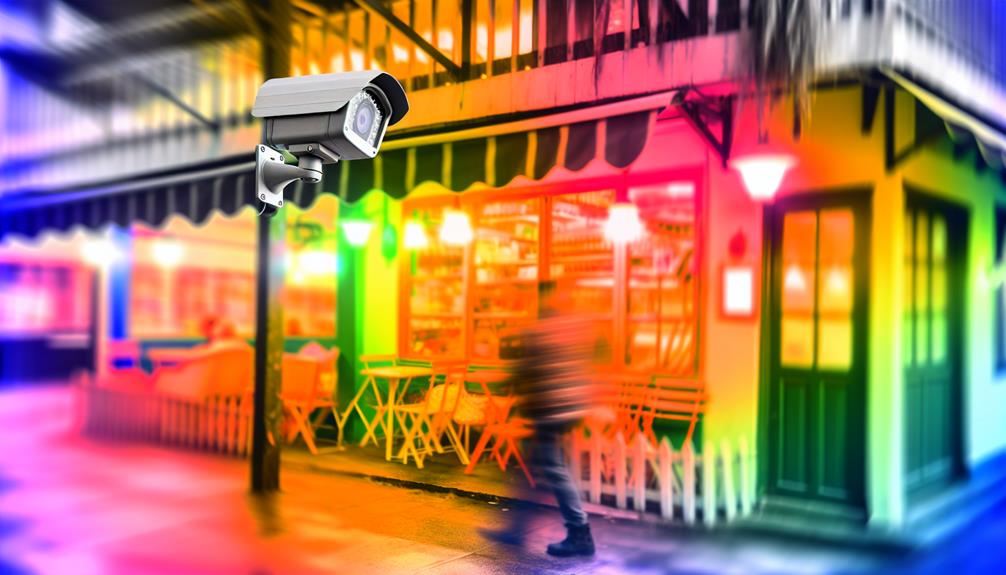
No, motion detection cameras don’t generally require a lot of maintenance.
You’ll need to check their positioning regularly to ensure they cover the desired areas and adjust as necessary.
Maintenance frequency mainly involves cleaning the lenses to keep the images clear and occasionally checking the batteries or power supply.
It’s straightforward, so you won’t have to worry about constant upkeep.
Just set them up, and they’ll do their job with minimal intervention.
Absolutely, these cameras can work effectively in low-light conditions.
They’re equipped with night vision and infrared technology, which allows them to capture clear images even in near darkness.
You’ll find that they adapt seamlessly to varying light levels, ensuring continuous monitoring without a hitch.
So, you don’t have to worry about missing anything important just because the lighting isn’t ideal.
These features make them incredibly reliable for keeping an eye on things around the clock.
Yes, there are pet-friendly motion detection cameras available that are perfect for keeping an eye on your furry friends.
These cameras often include features specifically designed for pet monitoring, such as the ability to differentiate between pets and people, minimizing false alarms.
Many also offer night vision and mobile alerts, so you can stay informed about your pet’s activities any time of day.
It’s a great way to ensure your pets are safe and sound.
Weather can significantly impact your outdoor motion detection cameras.
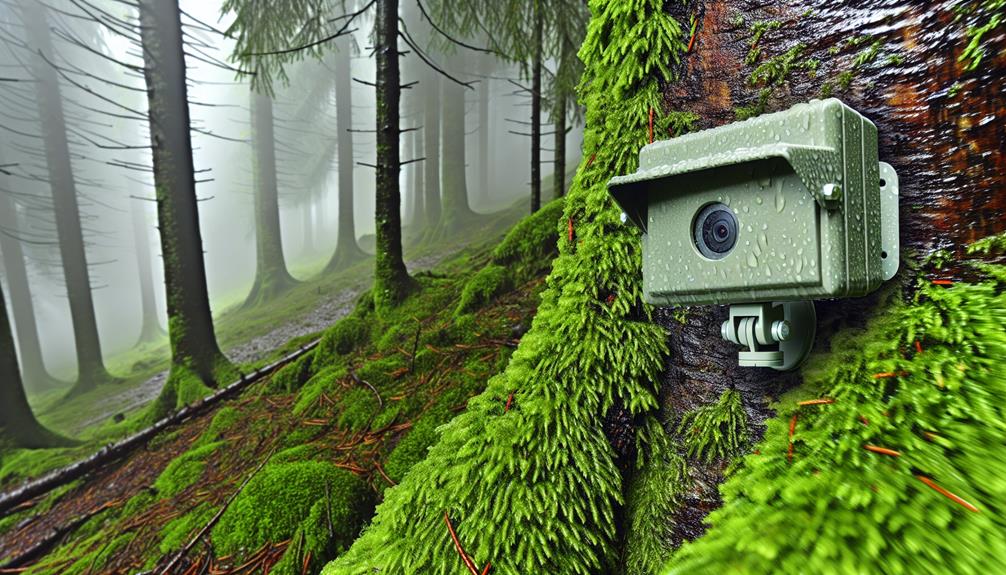
You’ll find that extreme conditions, like heavy rain or intense heat, might affect their performance.
It’s crucial to check the camera’s durability and weather resistance before purchasing.
Always choose cameras designed to withstand your local climate‘s challenges.
This ensures they continue to function optimally, keeping your property secure without frequent maintenance or replacements due to weather-related damages.
As an Airbnb host, it’s your responsibility to balance security with privacy. By understanding motion detection technology and adhering to legal requirements, you’re setting a foundation for trust. Be clear about camera placement and always secure your guests’ consent. This approach not only enhances security but also respects guest privacy, ensuring everyone feels safe and comfortable. Embrace these best practices to provide a secure, welcoming environment that’ll keep guests returning and recommending your rental.
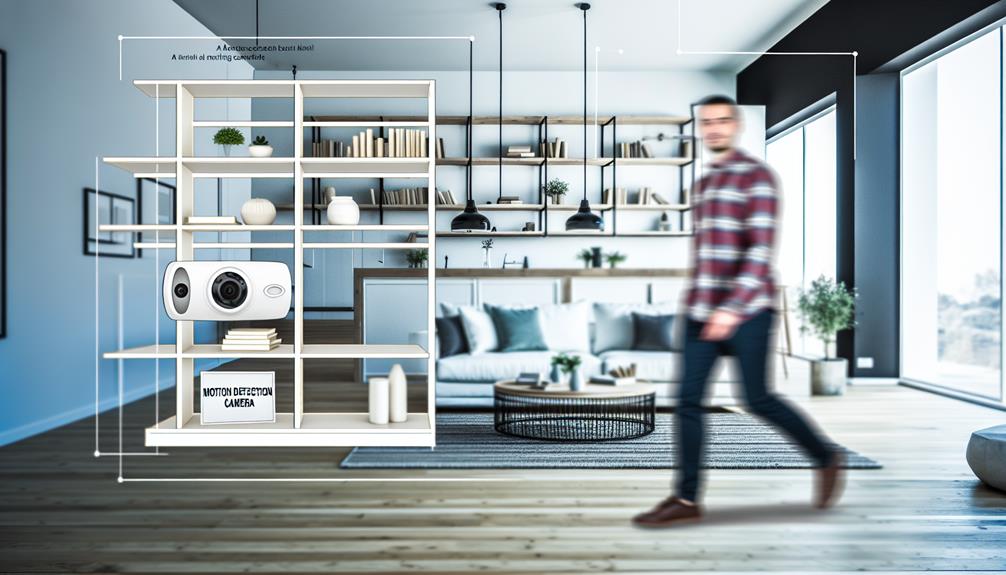
Brainstorm Security Shop
1867 Caravan Trail
Ste 105
Jacksonville, FL 32216
Call us toll free: (800) 859-5566